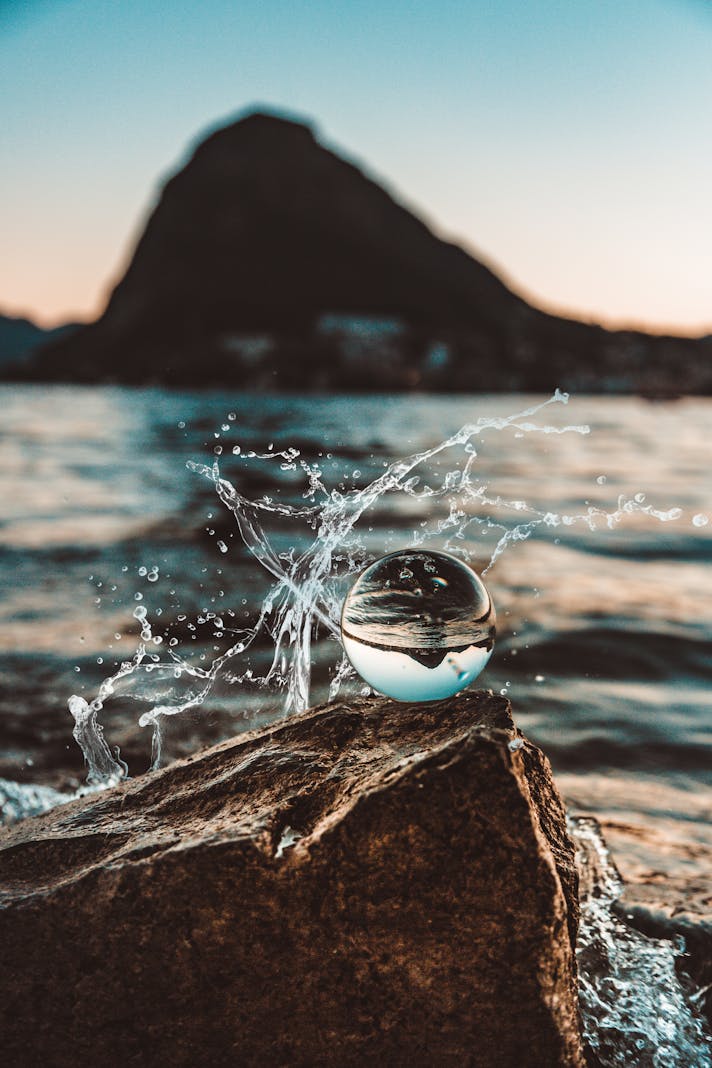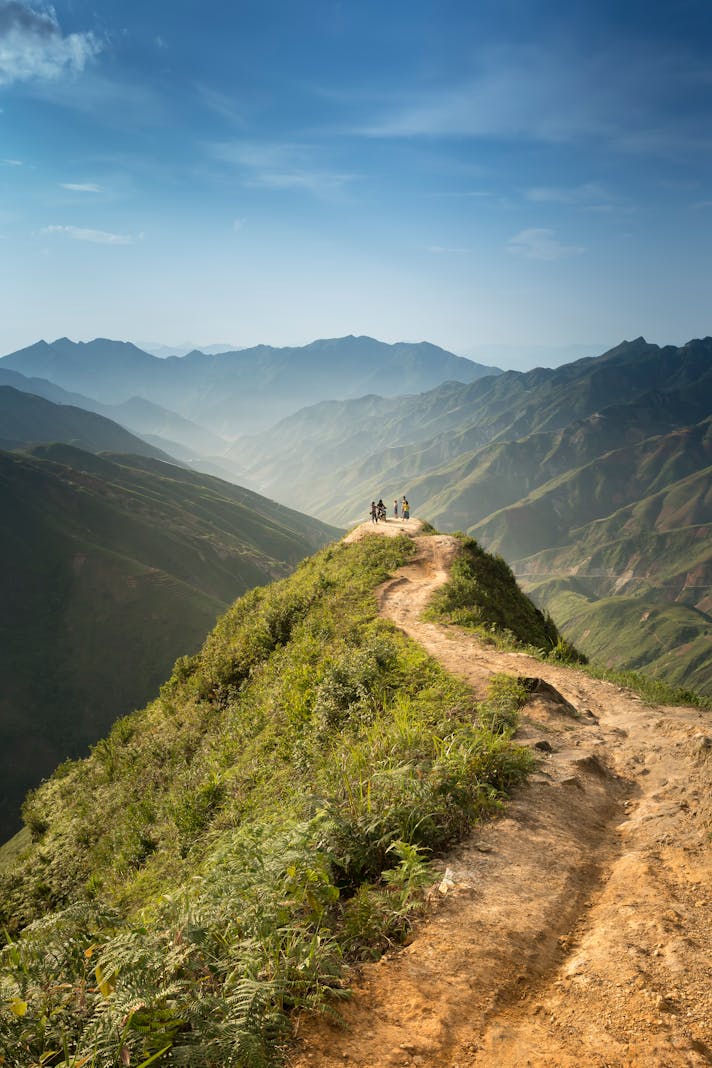Cabrillo National Monument

San Diego is filled with historical sites, and the casual traveler must pick and choose between them. A visit to Cabrillo National Monument, however, is one of best, combining as it does history and the wonders of the Southern California Coast. Located at the end of the Point Loma peninsula, it is an easy drive from Hotel Circle or from the downtown area, and is well worth a visit.
Historically, the site commemorates Juan Rodriguez Cabrillo, the first European to step on West Coast soil, in 1564. The Visitor Center has interpretive exhibits about Cabrillo, but the Monument also houses two other historical sites well worth one’s time. The Old Point Loma Lighthouse, located a short walk from the Visitor Center, is one of the original eight Cape Cod style lighthouses placed along the California coast in the second half of the nineteenth century in order to protect ships from rocky shoals and from foggy vistas. This particular site was not well thought out, and the project encountered difficulties along the way. Over budget and covered with fog a great deal of the time, the lighthouse only served for 36 years before being abandoned for a new building in a better location. In 1933, President Roosevelt turned the lighthouse over to the National Park Service. The building is open for visiting, and provides an interesting look at the early years of California’s statehood.
The ruins of Fort Rosecrans are also located within the monument. Built in 1852, it served as protection for the greater San Diego community, which is located across the bay and behind the finger of land known as Point Loma. Although serving as a military defense site since its creation, Fort Rosecrans became especially vital during World Wars I and II, which brought San Diego out of its role as sleepy border town and into prominence as a naval center. Visitors will enjoy perusing the exhibits housed in the remains of a radio station.
Cabrillo National Monument is important historically, but is also a naturalist’s paradise. The Point Loma peninsula is beautiful, and a hike within the Monument is well worth the visitor’s time. The trails are not difficult, and allow hikers to see both the natural chaparral flora of Southern California and the marine environment along the beaches. Wildflowers are in bloom during the spring.
The tide pools are extraordinary. The visitor will find sea creatures, shells, rocks, and minerals in a beautiful beach environment. While nothing may be taken from the ponds, the area offers plenty of opportunities for gorgeous photography, especially at sunset.
Whale watching is a popular activity within the Monument. The Pacific Gray Whales traverse half the earth from their spawning grounds in Baja California to their summer feeding areas in the Arctic. Each winter, they swim along the California coast, and may be seen from the shore. The Visitor Center loans a small number of binoculars; the visitor will also find rangers and volunteers who can provide information about where exactly to look and for what to search.
More information can be found at the National Parks Service web site. The monument is located at the end of Rosecrans Boulevard, in the extreme western section of San Diego.
Historically, the site commemorates Juan Rodriguez Cabrillo, the first European to step on West Coast soil, in 1564. The Visitor Center has interpretive exhibits about Cabrillo, but the Monument also houses two other historical sites well worth one’s time. The Old Point Loma Lighthouse, located a short walk from the Visitor Center, is one of the original eight Cape Cod style lighthouses placed along the California coast in the second half of the nineteenth century in order to protect ships from rocky shoals and from foggy vistas. This particular site was not well thought out, and the project encountered difficulties along the way. Over budget and covered with fog a great deal of the time, the lighthouse only served for 36 years before being abandoned for a new building in a better location. In 1933, President Roosevelt turned the lighthouse over to the National Park Service. The building is open for visiting, and provides an interesting look at the early years of California’s statehood.
The ruins of Fort Rosecrans are also located within the monument. Built in 1852, it served as protection for the greater San Diego community, which is located across the bay and behind the finger of land known as Point Loma. Although serving as a military defense site since its creation, Fort Rosecrans became especially vital during World Wars I and II, which brought San Diego out of its role as sleepy border town and into prominence as a naval center. Visitors will enjoy perusing the exhibits housed in the remains of a radio station.
Cabrillo National Monument is important historically, but is also a naturalist’s paradise. The Point Loma peninsula is beautiful, and a hike within the Monument is well worth the visitor’s time. The trails are not difficult, and allow hikers to see both the natural chaparral flora of Southern California and the marine environment along the beaches. Wildflowers are in bloom during the spring.
The tide pools are extraordinary. The visitor will find sea creatures, shells, rocks, and minerals in a beautiful beach environment. While nothing may be taken from the ponds, the area offers plenty of opportunities for gorgeous photography, especially at sunset.
Whale watching is a popular activity within the Monument. The Pacific Gray Whales traverse half the earth from their spawning grounds in Baja California to their summer feeding areas in the Arctic. Each winter, they swim along the California coast, and may be seen from the shore. The Visitor Center loans a small number of binoculars; the visitor will also find rangers and volunteers who can provide information about where exactly to look and for what to search.
More information can be found at the National Parks Service web site. The monument is located at the end of Rosecrans Boulevard, in the extreme western section of San Diego.

Related Articles
Editor's Picks Articles
Top Ten Articles
Previous Features
Site Map
Content copyright © 2023 by Korie Beth Brown, Ph.D. . All rights reserved.
This content was written by Korie Beth Brown, Ph.D. . If you wish to use this content in any manner, you need written permission. Contact Korie Beth Brown, Ph.D. for details.







